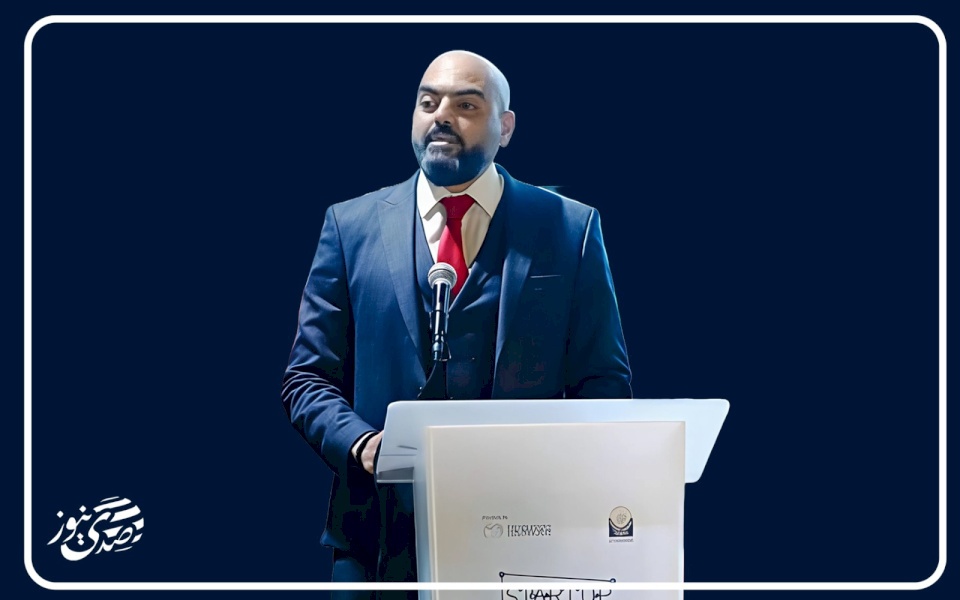
Who is Crying for Gaza?!
Gaza is no longer just a title for a fleeting war, but a mirror reflecting a protracted humanitarian and political tragedy, encapsulating the meanings of international impotence and the contradiction between humanitarian discourse and the reality on the ground. After the sounds of bombs have quieted, the disaster has not. What remains is not a "end of war", but the beginning of a new phase of slow extermination, fueled by destruction, isolation, starvation, and the cleansing of memory.
The numbers are not merely horrifying statistics, but maps of absence. About 92% of schools in Gaza are entirely or partially out of service according to reports from UNESCO and UNOSAT, which means that a whole generation of children has lost its right to education. Along with it, the spaces for play, dreams, and hope have vanished. Agriculture, which was one of the pillars of life in the sector, has been leveled to the ground; 97% of fruit trees and 82% of annual crops have been destroyed, according to data from the United Nations Environment Program. There is nothing left to plant in the land, and the only thing to be harvested in the horizon is ashes.
In the backdrop of this destruction stands the most grievous figure: at least 20,000 children have been killed during the war, and thousands more have been injured or lost limbs. These are not just fleeting numbers in United Nations data, but faces of stories told in blood, and of generations cut from their roots before they could sprout. This is not a "collateral damage" as some Western media describe, but a systematic destruction of the future of an entire people.
As for the "peace" promoted by some politicians and media figures, it is a superficial peace meant to close the chapter on tragedy without accountability. The declared ceasefire did not stop the death; assassinations and Israeli violations continue, and the siege still tightens its grip on every artery of life. Even the humanitarian aid entering the sector is used as a political pressure tool, repeating what international organizations have described as "weaponizing food".
In parallel, the battle of narratives expands. Hundreds of millions of dollars are being spent today on digital advertising campaigns to polish the image of the occupation and distort the narrative of the victims. Major digital marketing companies, directly funded by Israeli and American institutions, are working to spread targeted content through social media platforms to justify or deny crimes. At the same time, Palestinian voices or the voices of those in solidarity with them are silenced under the pretexts of "incitement" or "anti-Semitism." It is a war on consciousness no less fierce than the war on the ground.
This reality reveals that what is happening is not an "end of conflict", but a reproduction of an old displacement project. Official Israeli statements clearly talk about the "impossibility of the return of Gaza's residents to their homes" and about "encouraging voluntary migration" — phrases that translate practically into a policy of mass expulsion and calculated demographic depletion. Peace, in this equation, is not a reconciliation between two peoples, but a false comfort for an occupying power seeking to cement its moral victory on the ruins of victims.
The truth is that any reconstruction effort that does not rely on justice and accountability will turn into mere cosmetic layers on an open wound. Reconstruction is not merely a matter of concrete and steel, but a restoration of the right to life, dignity, education, and memory. This cannot be achieved under the ongoing siege, discrimination, and collective punishment.
Today, Gaza is testing the global human conscience: Can there be "peace" without acknowledgment of an ongoing crime? Can a city be rebuilt without restoring honor to its people?
Unless the cycle of neglect is broken, the rubble will remain the only language left. And Gaza — despite the destruction — will remain the living witness that the world saw, was silent, and then claimed it did not see.

Gaza: Between the Dilemma of Rescue and the Entitlement of National Liberation

Their Positions Hide Their Hatred for Gaza

Their goods were returned to them

Between Exaggeration and Reality: Is the Gap Between Israel and the United States Really W...

The Assault in Jaffa and the Importance of Responding to It...

Replacing Palestinian Imports ... A Step Towards Enhancing Economic Resilience

Donkeys and Settlers: A Call to Torah Narratives

